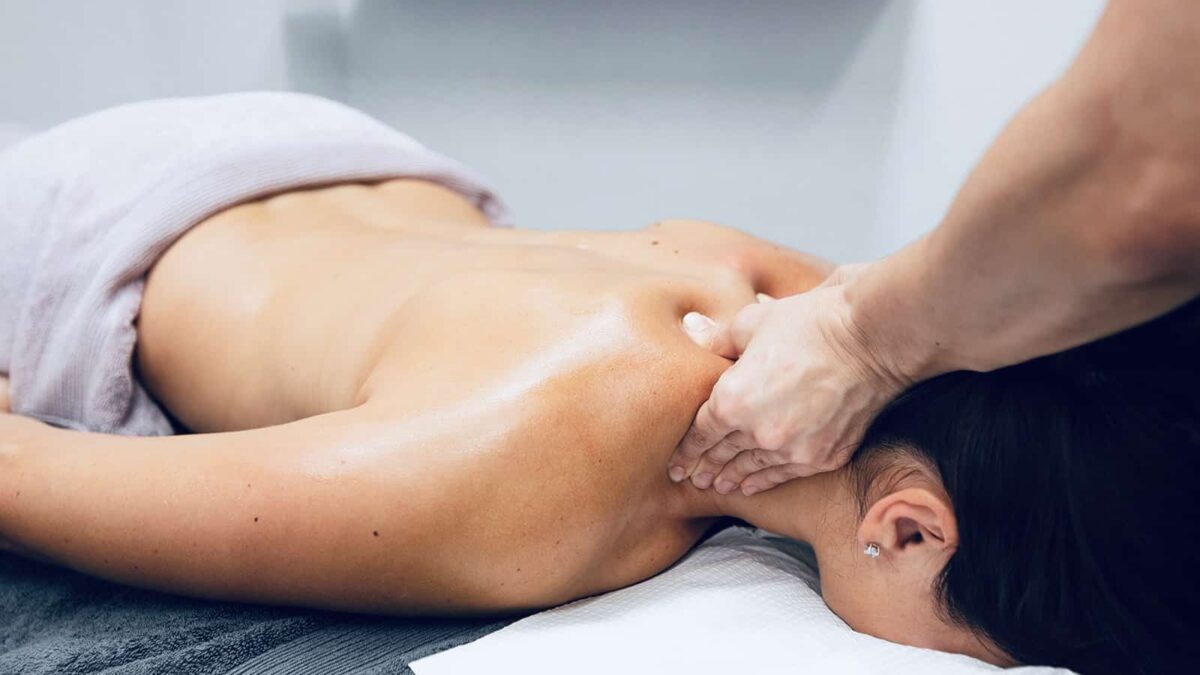
How to Relieve Muscle Tension with Self-Massage
Muscle tension is a common issue that many people face due to stress, poor posture, or physical activity. While professional 여성전용 마사지 are effective, self-massage can be a convenient and cost-effective way to relieve muscle tension. By incorporating simple techniques into your routine, you can promote relaxation and alleviate discomfort.
Prepare Your Space:
Set the mood for relaxation 여성전용 마사지 by finding a quiet and comfortable space. Use dim lighting, play soothing music, and ensure you have enough room to move around.
Deep Breathing:
Start by taking a few deep breaths to relax your body and mind. Deep breathing helps increase oxygen flow to your muscles, promoting a sense of calmness.
Warm-up:
Before diving into self-massage, it’s essential to warm up your muscles. Use a hot pack, warm towel, or a warm shower to increase blood circulation and loosen tight muscles.
Choose the Right Tools:
Select massage tools that suit your preferences. Options include foam rollers, massage balls, or handheld massagers. Experiment with different textures and sizes to find what works best for your specific muscle tension.
Foam Rolling:
Roll the targeted muscle group over a foam roller. Apply gentle pressure and roll slowly, focusing on areas with tension. This technique helps release knots and improves blood flow, aiding in muscle recovery.
Trigger Point Release:
Identify trigger points—tight knots in the muscles—and apply direct pressure using your fingers or a massage ball. Hold the pressure for 15-30 seconds until you feel the tension release.
Effleurage Technique:
Use the effleurage technique, a gentle stroking motion, to warm up and relax the muscles. Apply massage oil or lotion to your skin and use your hands to stroke in long, fluid motions towards the heart.
Kneading Technique:
With your fingers and thumbs, knead the muscles in circular motions. This technique helps release tension and increases flexibility. Focus on areas that feel particularly tight.
Stretching:
Combine self-massage with stretching to enhance the benefits. Stretching helps elongate muscles and further reduces tension. Hold each stretch for at least 15-30 seconds.
Self-Massage for Specific Areas:
Tailor your self-massage to address specific areas of tension. For example, use a tennis ball to massage the arches of your feet, or employ circular motions with your fingertips to relieve tension in your neck and shoulders.
Cool Down:
Once you’ve completed your self-massage, cool down by taking slow, deep breaths. This helps your body transition back to a state of relaxation.
Hydrate:
Drink plenty of water after your self-massage session to flush out toxins released from the muscles and to keep your body hydrated.






